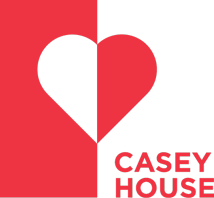According to national HIV estimates in 2018:
- 62,050 Canadians were living with HIV
- 8,300 (13%) of those living with HIV were undiagnosed
- 2,242 new HIV infections occurred in Canada
At a global level, the Global AIDS Strategy 2021-2026 – End Inequalities. End AIDS aims to reduce the inequalities that drive the AIDS epidemic and prioritize people who are not yet accessing life-saving HIV services.
At a national level, Canada has been performing well on global targets for people living with HIV knowing their status, being on treatment, and achieving viral suppression which stops HIV transmission. However, systemic barriers to health equity and access to health care mean that disparities exist in HIV diagnoses and outcomes. Public health data from 2019 reveals that almost half of new HIV infections were among Black people (25.5%) and Indigenous peoples (24.7%), despite accounting for a much smaller percentage of the overall population in Canada.
As a sub-acute HIV specialty hospital, Casey House knows first-hand that HIV continues to be a chronic and debilitating medical condition, and believes that systemic inequities have a profound effect on people’s lives. Those living at the intersection of HIV and systemic barriers to health and well-being continue to require strong health and social supports, particularly within the context of their lives, choices, communities and circumstances.
After four decades of HIV/AIDS, Casey House remains steadfast in our commitment to improve the well-being of all people living with, or at risk of, HIV by transforming lives and health care through compassion and social justice.
For more information and the latest data on HIV in Canada, please visit:




